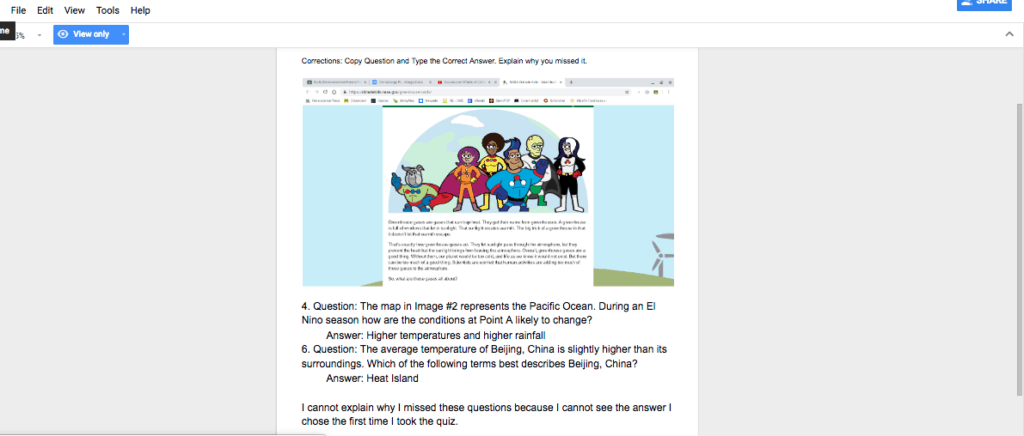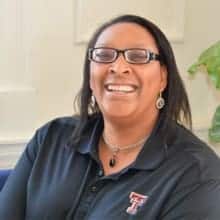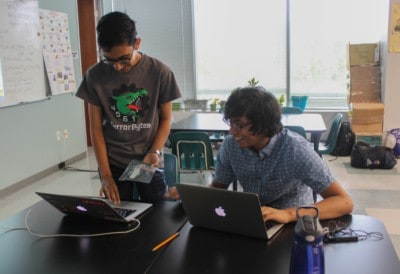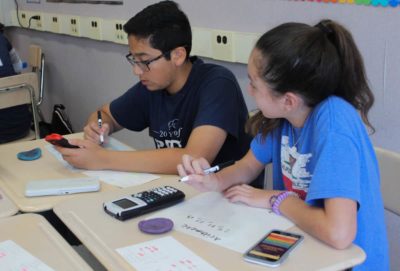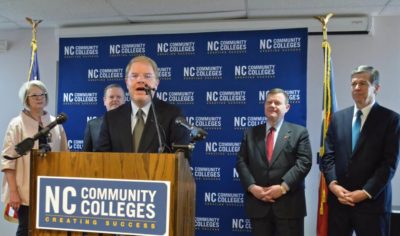When I first heard about personalized learning, I thought, “Here is another great educational breakthrough that we will be forced to implement at some point.” I decided to get ahead of the game by researching it on my own. I found a wealth of information on personalized learning from teachers in the trenches and administrators of change — even Mark Zuckerberg has input on the subject. While there is consistency in the definition of personalized learning, many inconsistencies exist in what personalized learning looks like in practice.
What is it?
According to the Glossary of Education Reform, “the term personalized learning, or personalization, refers to a diverse variety of educational programs, learning experiences, instructional approaches, and academic-support strategies that are intended to address the distinct learning needs, interests, aspirations, or cultural backgrounds of individual students.” Personalized learning differs from other instructional practices because it utilizes student voice and students’ personal interests to drive instruction. These attributes help transform teaching and learning from an industrialized, one-size-fits-all model to a more modern, relevant-to-individual-learners approach.
What personalized learning is not
Personalized learning is not a student free-for-all. Under a personalized learning model, teachers are still the facilitators of learning in their classroom and students are still working toward tangible objectives. Providing students with the freedom to choose from a variety of quality activities is key. Personalized learning does not have to take the place of whole-group instruction. Teachers can start small, beginning with as little as one class period devoted to personalized learning activities per week. Lastly, personalized learning is not contingent upon the availability of technology in the classroom. While technology can help facilitate some personalized learning activities, it is not a requirement for the implementation of personalized learning in the classroom.
What are the benefits of implementing personalized learning in the classroom?
First and foremost, personalized learning increases student engagement. Students have the ability to recognize their own strengths and weaknesses. When students are given the opportunity to share how they learn best, teachers can provide students with learning activities that fit their students in a personalized way. Personalized learning allows students to voice their needs and interests, enabling them to be their own advocate in education.
Personalized learning also helps educators direct their attention to what individual students need. If a student has mastered a particular objective, it is a waste of time for teachers to continue teaching that objective to that student. Under a personalized learning approach, the teacher would move that student on to the next objective or elevate mastery of the objective because that is what the particular student needs. This is an instructional time saver.
What are key tips to personalized learning?
- Get to know your students. Personalized learning works best when you build relationships with your students and learn about them as individuals. Check out ideas for building relationships by reading fellow EdAmbassador Amanda Macon’s article on building community connections.
- Take your time with implementation. Much of the work is on the front end with the preparation for personalized learning. Planning quality activities that meet the individual needs of your students takes time.
- It is important to remember that personalized learning does not have to be an every day instructional method. However, utilizing personalized learning regularly will lead to growth in the classroom.
Instructional how-to
There are many ways to use personalized learning for instruction. Recently, I used personalized learning methods for remediation in my science class. Students took a common formative assessment (CFA) on climatology through Google Forms. Using the quizzes function on Google Forms allows my students to receive their overall score and to see which questions they missed. I linked each questions with a particular objective and wrote them in a chart on the board for students to see.
Instructional steps
- Instruct students to copy the question and objective chart from the board. Instruct students to mark the incorrect questions and complete the chart.


- Direct students to a provided Google Doc in which the questions and objectives from the assessment are listed along with a series of remediation activities (readings, videos, assignments) for each objective. Instruct students to complete an activity for each of the questions they answered incorrectly on the assessment. Teachers may choose to leave an option for “other.” This provides students with the opportunity to review learning in a different way. For example, a student may propose redoing a lab activity as a form of remediation for a particular concept.
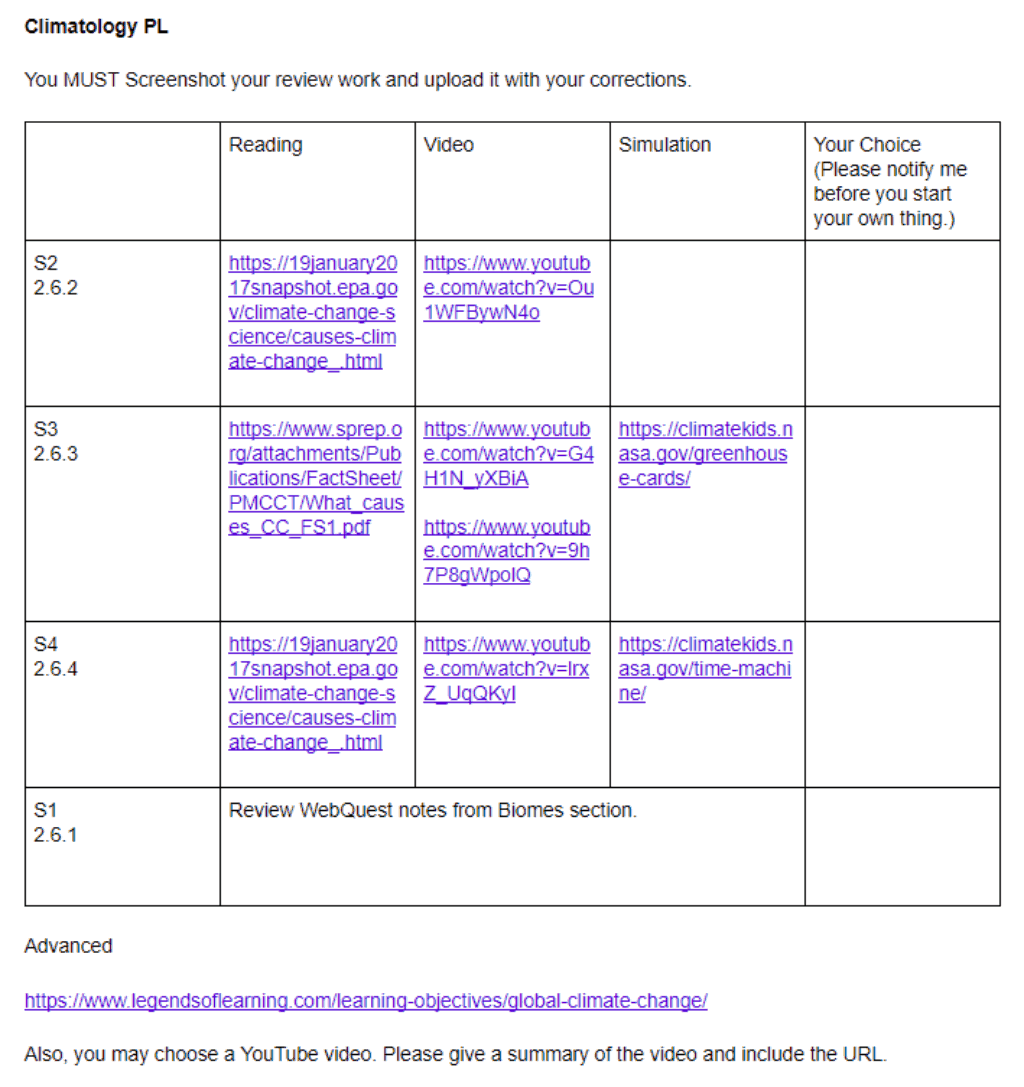

- For tracking purposes, instruct students to record their name by their activity of choice on a whiteboard or other display. This is not required, but will help the teacher see what activities the students like, as well as identify trends in missed objectives.


- Students complete the task and make corrections on their work. Instruct students to screenshot their choice and type in their corrections. This is an accountability measure. Teachers may review student work to ensure they are learning the material.
